Last orders: can UK pubs be saved?
Pubs in Britain are closing at the rate of one a day, continuing and accelerating a long-term downward trend. Why? And can anything be done to save them?
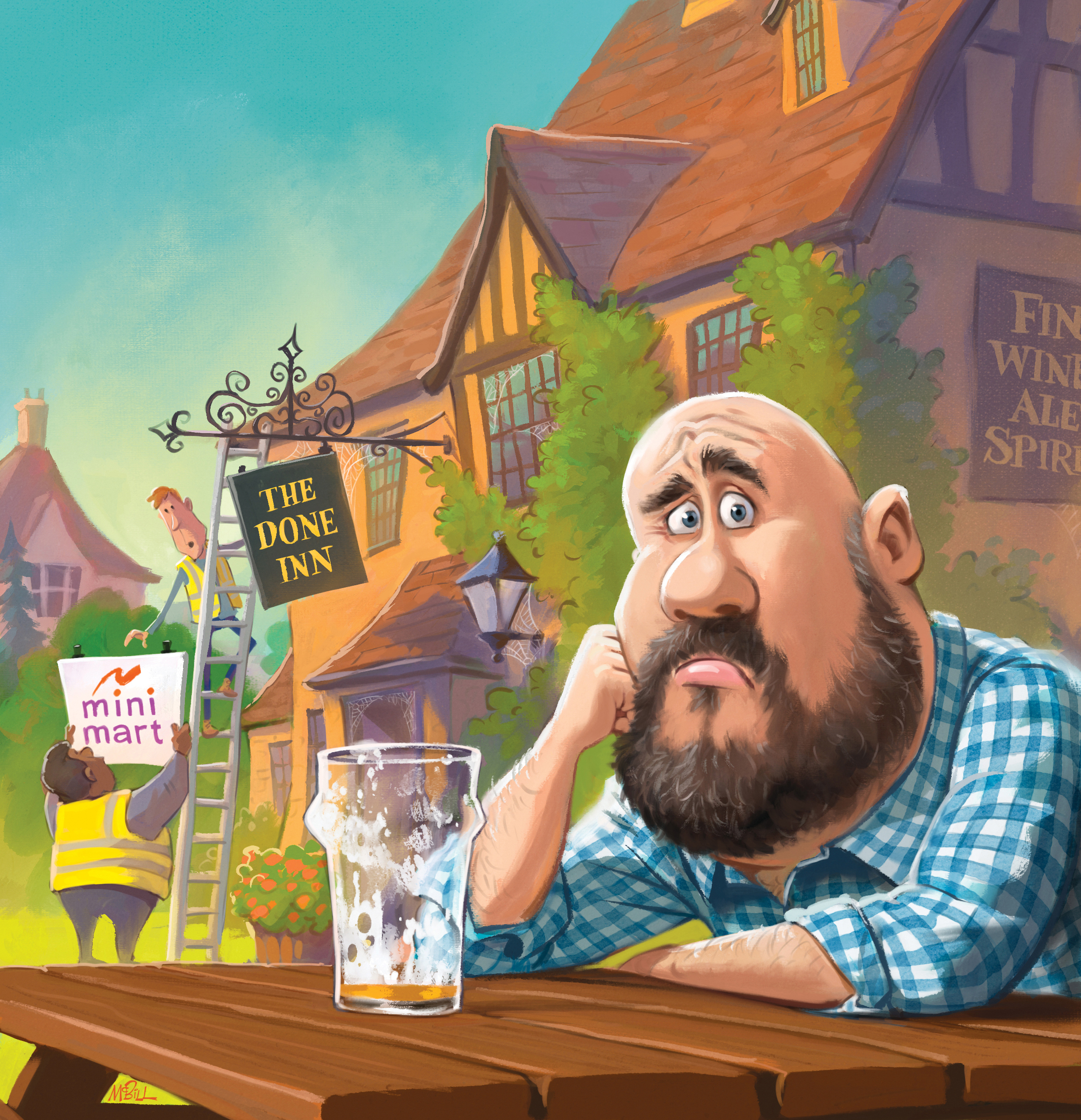
What’s happened to UK pubs?
The number of pubs calling last orders and closing their doors permanently has hit more than one a day for the first time, according to government statistics. In the first half of 2025, some 209 pubs in England and Wales called time forever – that’s eight a week, up from six a week last year. In all, some 2,283 pubs have vanished from communities across Britain since the start of 2020 – either demolished or converted to other uses. The British Beer and Pub Association (BBPA), which represents more than 20,000 pubs in the UK, says that across England, Scotland and Wales, closures are set to total 378 this year, at a cost of 5,600 jobs. That’s a rise from 350 closures last year and continues a decline that has seen 15,000 pubs (one in four) close for good since the start of the century.
Why are so many UK pubs closing?
Covid lockdowns and their legacy of debt made things worse, but the trend has been downwards for well over a century. In 1870, for example, there were 115,000 pubs and “beerhouses” in the UK, says Andrew Ellson in The Times – one pub for every 130 people. Today, there are about 45,000 – one for every 1,000 adults. The number of pubs started falling in the late 19th century with tighter licensing laws and the temperance movement. Later, World War I reduced the number of men, and the Defence of the Realm Act restricted opening hours. By the 1960s, there were 75,000 left, with many succumbing to urban redevelopment, shifting social habits and cheaper “off-licence” alcohol. The long-term decline levelled out in the 2010s, but since then, numbers have fallen steadily once more.
Why are UK pubs closing so rapidly?
Falling demand, higher costs and more burdensome regulations. Young people are going out less and not drinking as much when they do. Younger adults haven’t abandoned pubs; according to industry data, 86% of Gen-Z adults (aged up to their late 20s) have visited a pub in the last three months. But they are drinking less than previous generations, and all generations have become more health-conscious. In recent years, the industry’s challenges have been “numerous and substantial”, says Lex in the Financial Times. These include competition from supermarkets, sizeable debt piles from Covid, and higher costs – including for energy, and wages as a result of higher national insurance and minimum wages.
MoneyWeek
Subscribe to MoneyWeek today and get your first six magazine issues absolutely FREE

Sign up to Money Morning
Don't miss the latest investment and personal finances news, market analysis, plus money-saving tips with our free twice-daily newsletter
Don't miss the latest investment and personal finances news, market analysis, plus money-saving tips with our free twice-daily newsletter
Are UK pubs closing because of business rates?
Hospitality businesses previously received a 60% discount on their business rates up to a cap of £110,000, but Rachel Reeves cut this to 25% in April, angering many in the pub trade. Alex Probyn, of commercial real-estate specialists Ryan, said the higher costs are “all quietly draining profits until staying open becomes impossible”. He calculates that changes to the relief for pubs have landed them with an extra £215 million bill. “For a small pub, that’s a leap in the average bill from £3,938 to £9,451 – a 140% increase.”
Can anything stop UK pubs closing?
People are still going to pubs, especially when the sun’s out; during Britain’s warm spring and summer the three biggest pub chains all reported rising sales. In July, JD Wetherspoon, which has more than 800 pubs, said turnover was up 5% over the previous three months. Young’s saw sales jump 7%. Mitchells & Butlers had a 5% increase. Yet a rally in share prices earlier this year has faded – a familiar story for long-suffering investors. On average, pub-group valuations on an enterprise value/Ebitda basis fell between 16% and 28% in the decade to 2024, according to S&P Capital IQ’s data. Shares in Mitchells and Butlers, Marston’s, Young and Co’s Brewery, Fuller Smith & Turner, and JD Wetherspoon are all trading lower than they were 10 years ago.
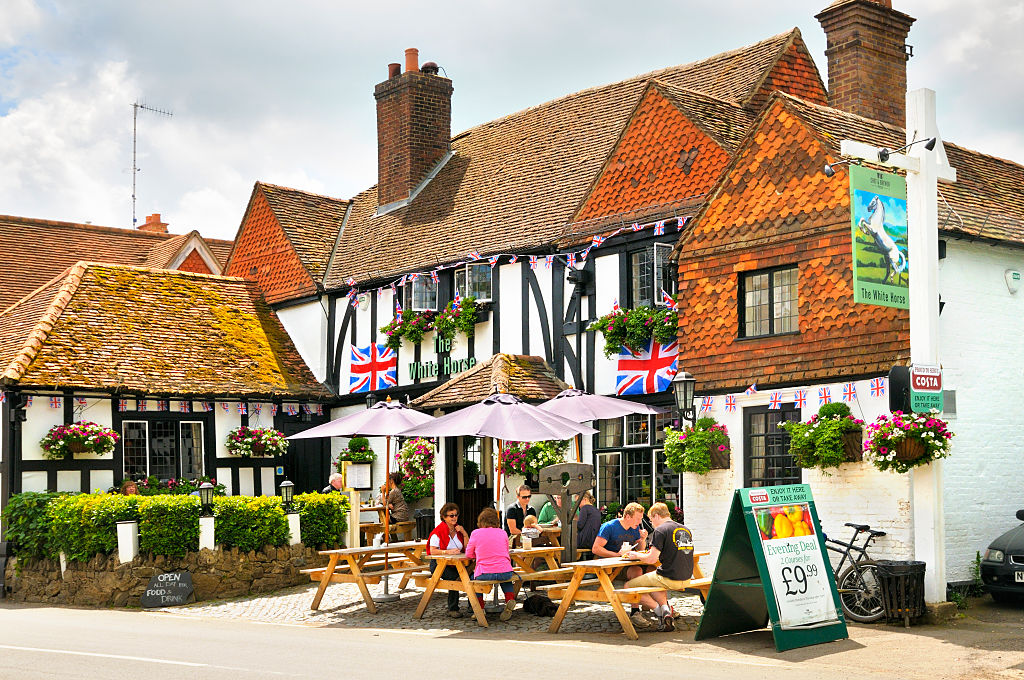
What do UK pubs want?
Last week the government announced a fast-track review on what the government has termed “outdated” licensing rules. This could mean pubs and bars in England and Wales being allowed to stay open later. The plans could also make it easier for venues to serve food outside and host more live music. “But it simply isn’t enough to turn the tide, and landlords up and down the country know it,” says William Sitwell in The Telegraph. What’s really needed is a reversal of the rise in employer’s national insurance; tax cuts aimed at the hospitality sector (for example, lower VAT rates and higher business rates relief); and a targeted plan to turn round the sector. Otherwise, the numbers closing will only increase.
How are UK pubs changing?
Country pubs, sports bars, gastropubs and hipster microbreweries selling local cask ales – “each have their own take on what it is to be a pub – from dingy bars to overpriced restaurants”, says The Economist. One common theme is food: even at JD Wetherspoon – famed for its cheap alcohol – bar sales have fallen from 76% to 57% of total revenue since 2008; food has gone from 18% to 38%. Another theme is diversification and entertainment. Where once pubs encouraged punters to stay with dartboards and pool tables, today it’s karaoke and theme nights. To keep Gen Z coming, pubs need to take a lesson from the rise of “competitive socialising” venues.
What else could stop UK pubs closing?
Some are becoming more like cafes, offering all-day menus, upmarket coffees and a wider range of drinks. Others are cultivating a new kind of “regular”, with loyalty schemes and themed events around occasions such as Halloween. Existing regulars may “sob into their pewter pint mugs to see their local pub offering kids’ pumpkin carving come late October”, says Lex. But pubs have always evolved and will continue to do so. George Orwell, describing his Moon Under Water pub in 1946, reckoned “beer tasted better served in china mugs and lamented the disappearance of strawberry-pink ones. Perhaps a hipster pub might reintroduce them?”
This article was first published in MoneyWeek's magazine. Enjoy exclusive early access to news, opinion and analysis from our team of financial experts with a MoneyWeek subscription.
Get the latest financial news, insights and expert analysis from our award-winning MoneyWeek team, to help you understand what really matters when it comes to your finances.
Simon Wilson’s first career was in book publishing, as an economics editor at Routledge, and as a publisher of non-fiction at Random House, specialising in popular business and management books. While there, he published Customers.com, a bestselling classic of the early days of e-commerce, and The Money or Your Life: Reuniting Work and Joy, an inspirational book that helped inspire its publisher towards a post-corporate, portfolio life.
Since 2001, he has been a writer for MoneyWeek, a financial copywriter, and a long-time contributing editor at The Week. Simon also works as an actor and corporate trainer; current and past clients include investment banks, the Bank of England, the UK government, several Magic Circle law firms and all of the Big Four accountancy firms. He has a degree in languages (German and Spanish) and social and political sciences from the University of Cambridge.
-
 ‘Why I have ditched my Help to Buy ISA for cash savings and the stock market’
‘Why I have ditched my Help to Buy ISA for cash savings and the stock market’Without the 25% bonus, my Help to Buy ISA is effectively redundant, says MoneyWeek writer Sam Walker.
-
 Is your inheritance tax allowance cut if you sell to downsize or sell your home to pay for care?
Is your inheritance tax allowance cut if you sell to downsize or sell your home to pay for care?Downsizing relief is a little-known benefit that could save your loved ones tens of thousands of pounds in inheritance tax after you’ve died.
-
 Stock markets have a mountain to climb: opt for resilience, growth and value
Stock markets have a mountain to climb: opt for resilience, growth and valueOpinion Julian Wheeler, partner and US equity specialist, Shard Capital, highlights three US stocks where he would put his money
-
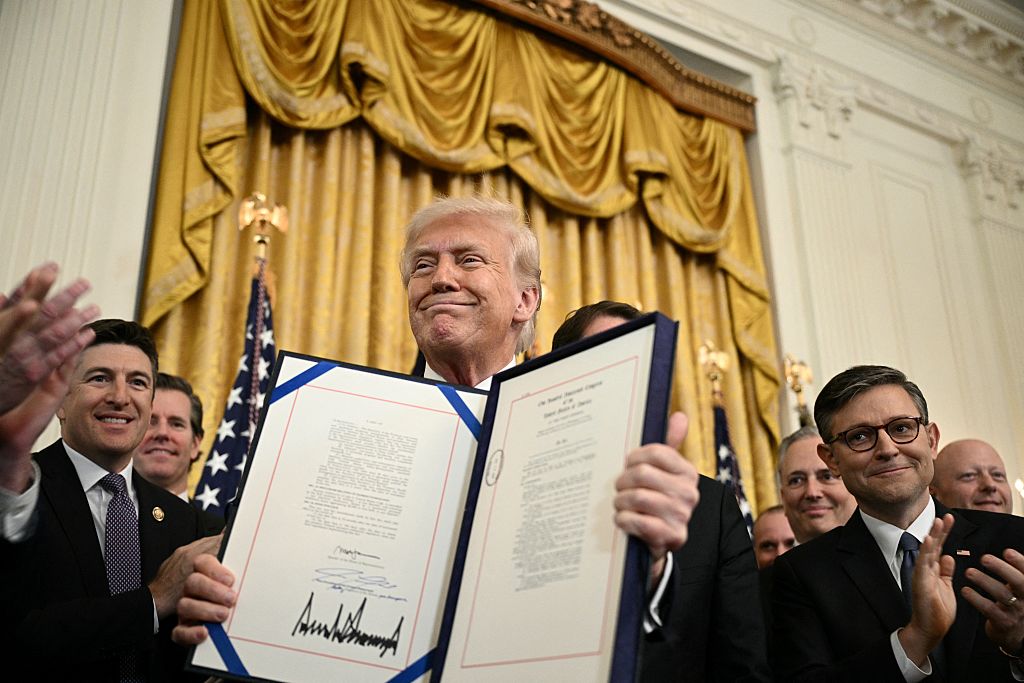 The steady rise of stablecoins
The steady rise of stablecoinsInnovations in cryptocurrency have created stablecoins, a new form of money. Trump is an enthusiastic supporter, but its benefits are not yet clear
-
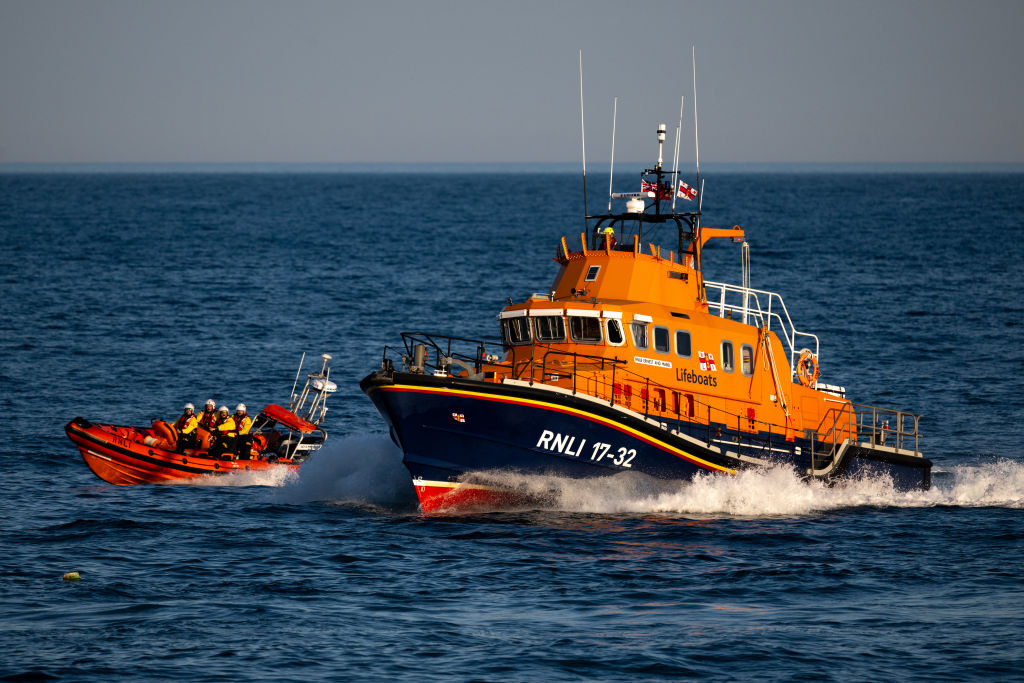 SRT Marine Systems: A leader in marine technology
SRT Marine Systems: A leader in marine technologySRT Marine Systems is thriving and has a bulging order book, says Dr Michael Tubbs
-
 Goodwin: A superlative British manufacturer to buy now
Goodwin: A superlative British manufacturer to buy nowVeteran engineering group Goodwin has created a new profit engine. But following its tremendous run, can investors still afford the shares?
-
 A change in leadership: Is US stock market exceptionalism over?
A change in leadership: Is US stock market exceptionalism over?US stocks trailed the rest of the world in 2025. Is this a sign that a long-overdue shift is underway?
-
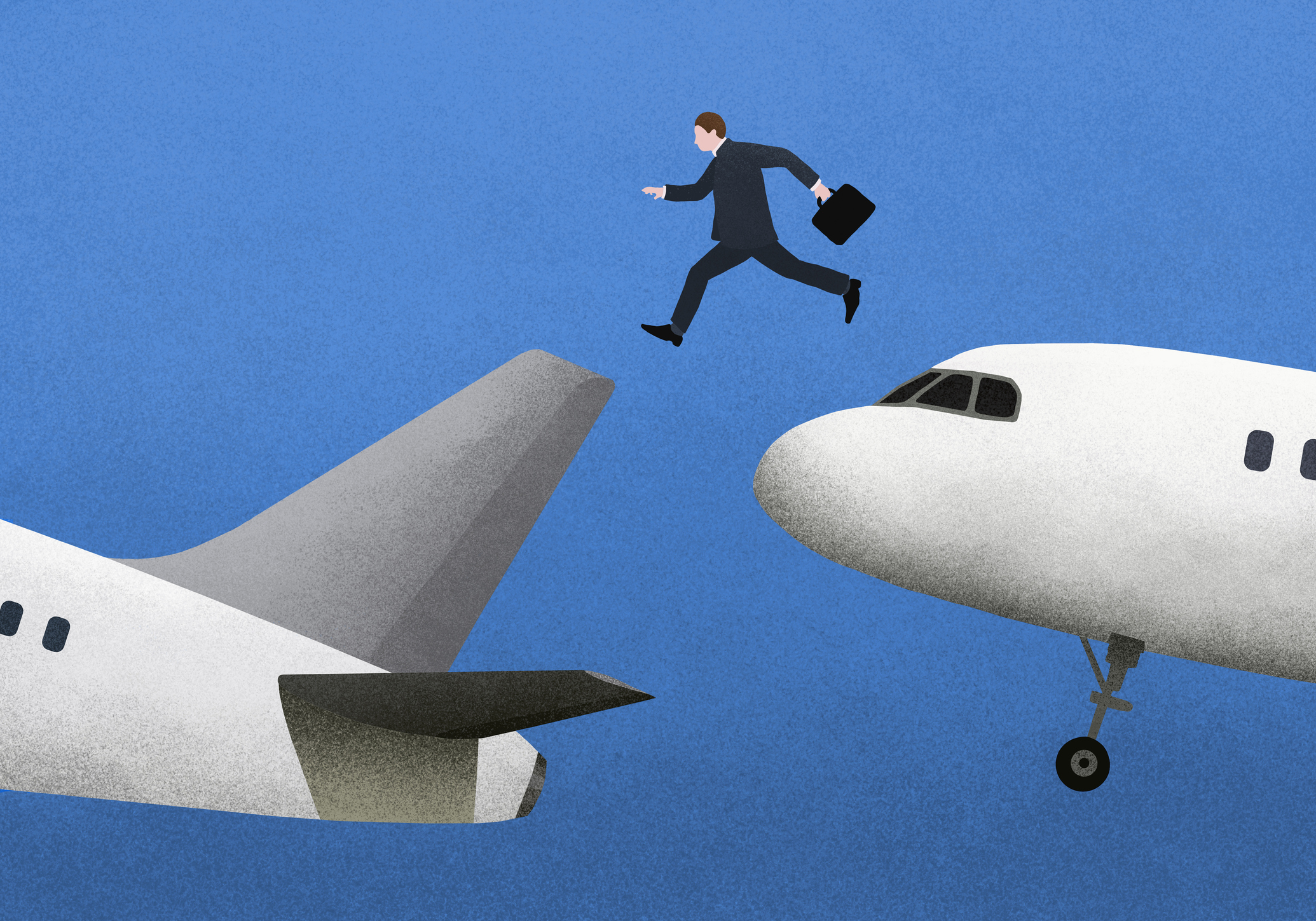 A reckoning is coming for unnecessary investment trusts
A reckoning is coming for unnecessary investment trustsInvestment trusts that don’t use their structural advantages will find it increasingly hard to survive, says Rupert Hargreaves
-
 Modern Monetary Theory and the return of magical thinking
Modern Monetary Theory and the return of magical thinkingThe Modern Monetary Theory is back in fashion again. How worried should we be?
-
 Metals and AI power emerging markets
Metals and AI power emerging marketsThis year’s big emerging market winners have tended to offer exposure to one of 2025’s two winning trends – AI-focused tech and the global metals rally